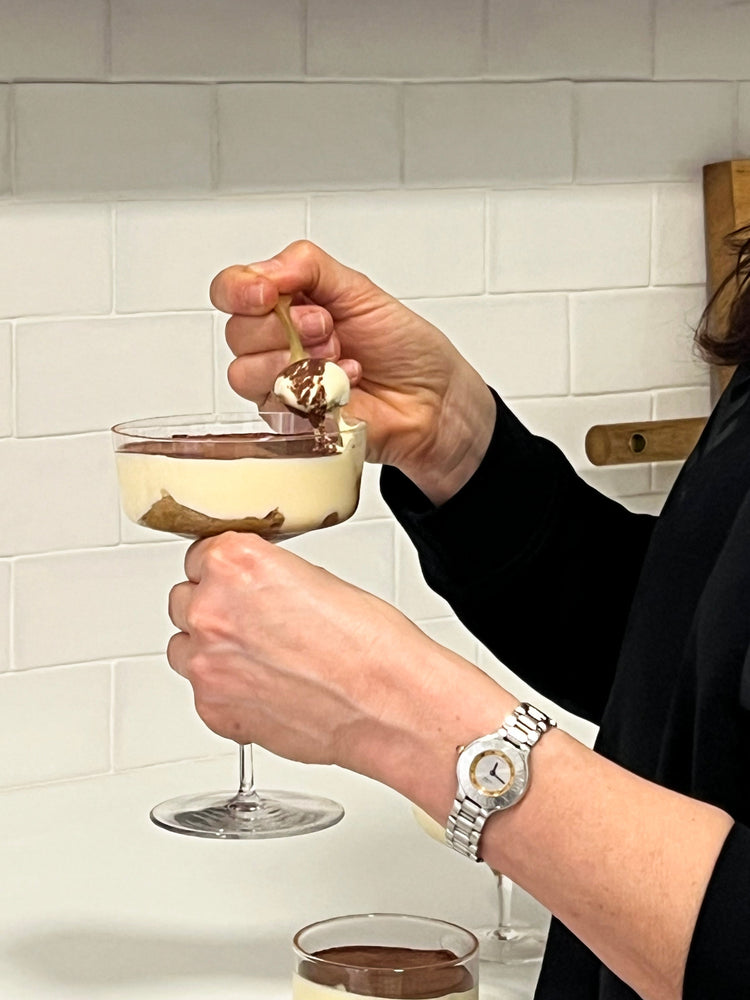The Austrian kipferl, Marie Antoinette and the French croissant
Some legends about its origin

Antique portrait of Marie Antoinette
It is said that the Austrian kipferl could be the grandfather of the croissant because of its similar crescent shape. A debate supported by different stories and legends that, believe it or not, add a curious and lively touch to the history of these pastries.
The supposed origin of the Austrian kipferl dates back to the 17th century. The story goes that the Ottoman Empire, with the intention of invading Vienna, began to dig a passageway that would allow them to enter the city under the city walls. They dug at night while the Viennese slept, unaware that the bakers, who worked at night, heard the noises. They alerted the authorities, preventing the invasion, and to celebrate they created the kipferl, a bread whose crescent moon shape mimics the crescent moon of the enemy’s Ottoman flag.
The world-famous French croissant is thought to be inspired by the Austrian kipferl that Marie Antoinette, Austrian archduchess and queen consort of Louis XVI, had brought to France for breakfast in the 18th century. A century later, the Austrian entrepreneur August Zang opened Boulangerie Viennoise in Paris. He soon made kipferl and pain viennois famous among the gentry. Zang actually modified the original recipe by making a much flakier dough, thus initiating the first version of today’s French croissant.
We share a curiosity for the past, customs and traditions. The way to delve into history and discover the origins of things. We don’t know whether or not this is the true origin of the croissant, but it would be a very nice story if it were.

Antique photograph from around 1909 of Zang's Boulangerie Viennoise located at number 92, Rue de Richelieu in Paris




Antique drawings of Marie Antoinette and Louis XVI
Villa Las Perelli Moment

























